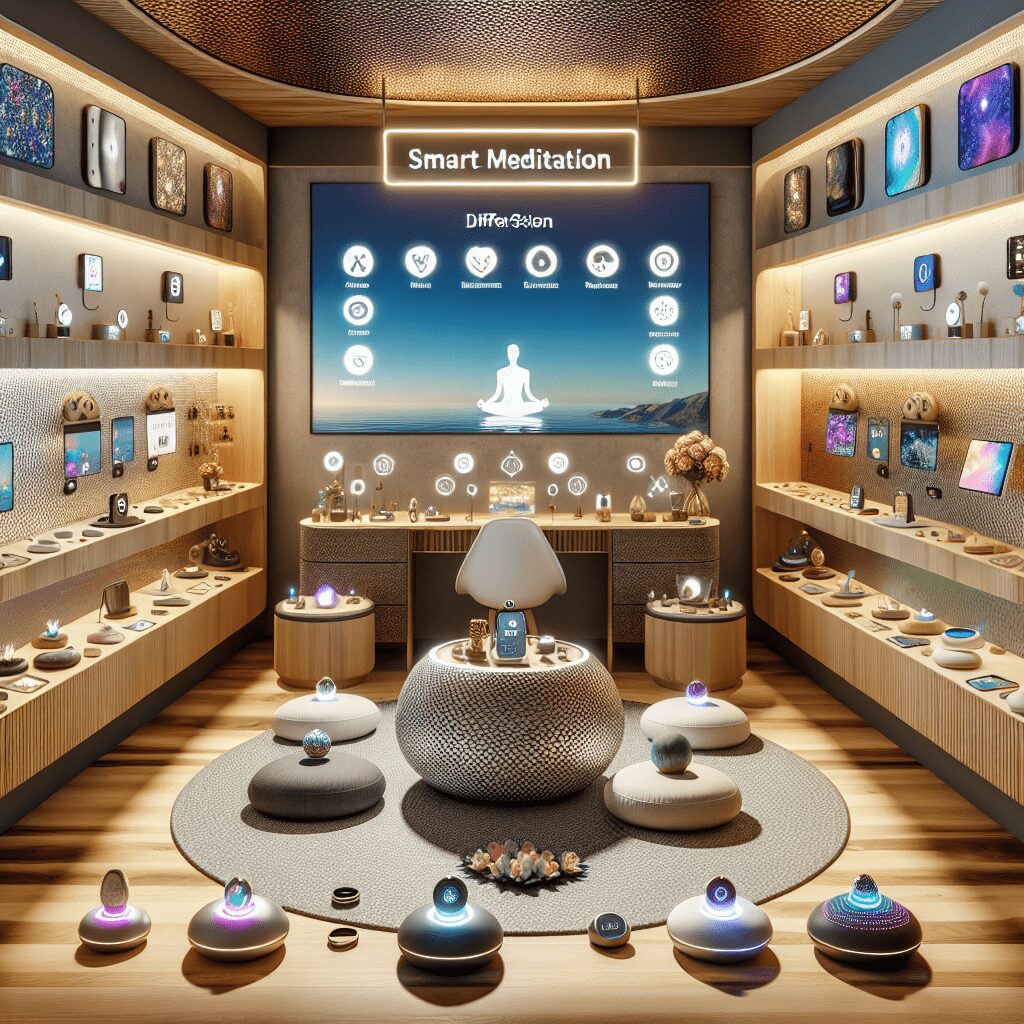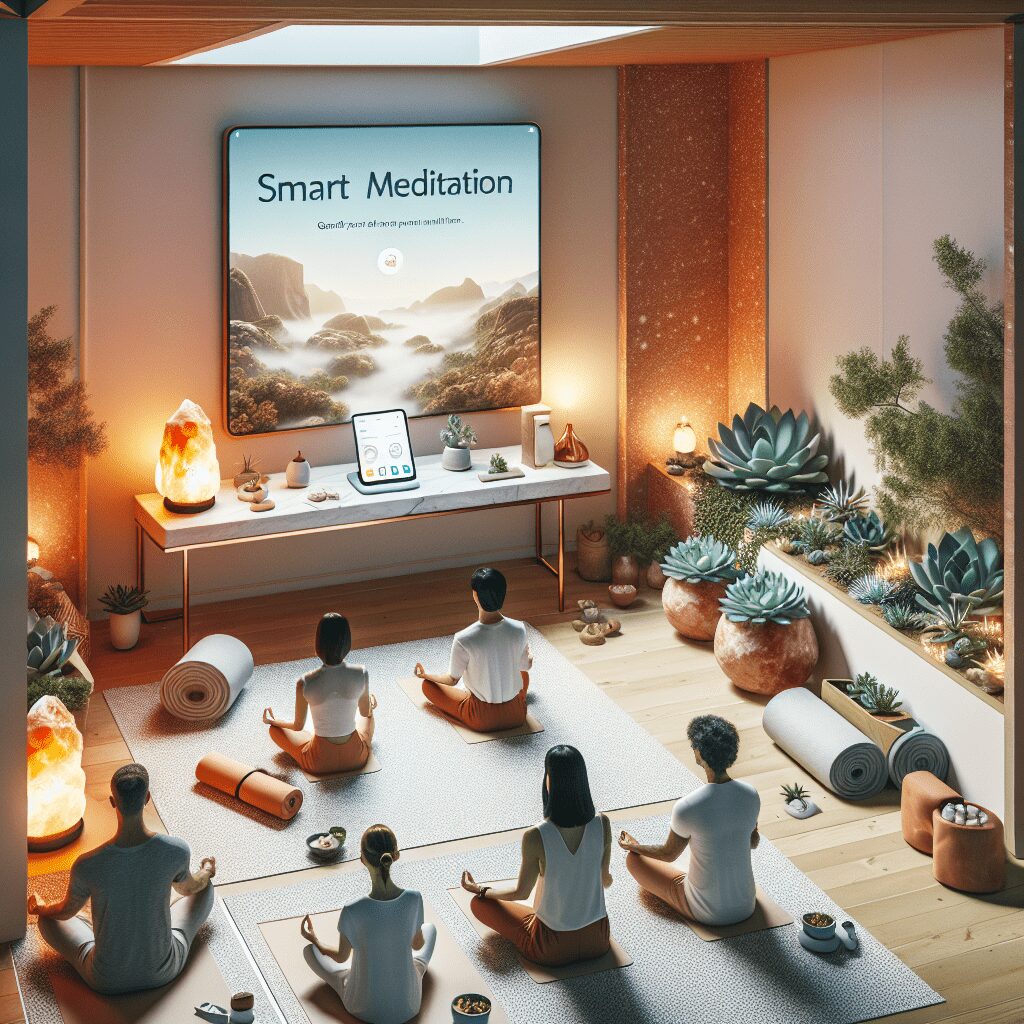
Prioritize your mental well-being daily. Enhance your life by nurturing your mental health with the Smart Meditation app. Break free from stress, alleviate anxiety, and enhance your sleep quality starting today.
Is The Lotus Position The Best Way To Meditate?
Unlocking the Secrets of Meditation: Beyond the Lotus Position
In the quest for inner peace and mindfulness, meditation emerges as the beacon of light guiding millions towards tranquility. Among the rich tapestry of methods employed, the Lotus Position, or Padmasana, holds a prestigious spot. Yet, the question looms—Is it the unparalleled method we’ve all been looking for, or is the best way to meditate a more nuanced journey?
The Mystique of the Lotus Position
Traditionally, the Lotus Position is esteemed for its seemingly magical ability to deepen meditation. By arranging the feet on opposing thighs, this iconic posture is believed to create a stable and symmetrical base. This, in turn, is said to harmonize the body and mind, paving the way for elevated states of consciousness. Furthermore, the lore of ancient texts and gurus sprinkles an aura of mysticism and allure around Padmasana. It’s not just a pose; it’s a passage to enlightenment—or so it’s been revered.
However, it’s high time we bust some myths and shine a light on the truth with a dash of modern sensibility. Let’s dive in!
Flexibility Isn’t a One-Size-Fits-All
First off, a reality check—flexibility varies as much as taste in music. For some, slipping into Padmasana is as easy as falling off a log. For others, it’s akin to solving a Rubik’s cube with their toes; it’s just not happening. Here’s the kicker: it doesn’t have to. The crux of meditation lies not in the curvature of your limbs but in the state of your mind. If folding into the Lotus Position leaves you more frazzled than a cat in a room full of rocking chairs, then friend, it’s time to reassess.
Exploring the Alternatives
Now, let’s pivot and look at the myriad other paths to Zen out there.
-
The Chair Pose: You read it right. Just pull up a chair. Sit with your feet flat on the ground, back straight but not stiff, and your hands resting on your knees. Boom—you’re in the meditation zone.
-
The Seiza Pose: Let’s tip our hats to the Japanese here. Kneeling with your buttocks resting on your heels can provide a fantastic alternative. It keeps the spine aligned and the mind focused.
-
The Simple Cross-legged: Also known as Sukhasana, this is essentially “Lotus position’s” laid-back cousin. Sit cross-legged on the floor, with each foot beneath the opposite knee. It’s easy, relaxed and does the job.
-
Standing Tall: Ever considered standing your ground—literally? Standing meditation, focusing on grounding and balancing, brings a whole new dimension to mindfulness practices.
Why the Fuss Over Posture, Anyway?
Ah, here’s where the plot thickens. The secret sauce of meditation isn’t in how you tangle or untangle your legs. It’s in how you still your mind, center your thoughts, and foster awareness. The posture aids in this venture by facilitating easier breathing, a stable flow of energy, and preventing discomfort from pulling the plug on your peace parade. In essence, it’s about creating an environment where the mind can strut its stuff without bodily distractions running interference.
Final Musings: Crafting Your Unique Meditation Journey
So, is the Lotus Position the holy grail of meditation? It’s a resounding no. Meditation is a deeply personal journey, a bespoke suit tailored to fit each individual uniquely. Experiment, tweak, and explore until you find that sweet spot where your body whispers, “Yes, this is it.”
Remember, the best meditation position is the one that feels right for you—physically and spiritually. Our bodies are diverse tapestries of experiences, abilities, and stories. Honor your individuality, and let your meditation practice be a reflection of you—beautifully unique.
Embarking on this journey armed with patience and open-mindedness will not only enhance your meditation experience but also pave the way towards a richer, more profound understanding of mindfulness. So, why not start experimenting today? Your perfect posture is out there, waiting to be discovered.





